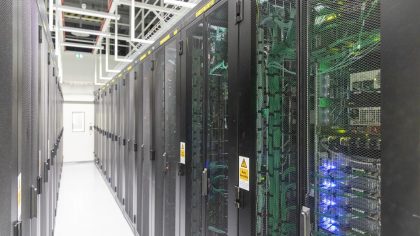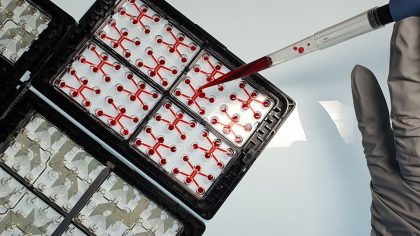Efficient, lightweight computer vision models for innovative applications
• Rarely used for tasks other than facial recognition, computer vision is now being deployed for a growing range of new tasks.
• Recent scientific advances are paving the way for lightweight, reliable AI models, which are better adapted to conditions in the field.
• Researchers seeking to design more efficient Convolutional Neural Networks look to the human brain for inspiration.
Read the article
• Recent scientific advances are paving the way for lightweight, reliable AI models, which are better adapted to conditions in the field.
• Researchers seeking to design more efficient Convolutional Neural Networks look to the human brain for inspiration.




Pioneering pharmaceutical and food industry innovation with organs-on-chips
Read the article
Wireless Power Transfers: ERWPT breaks new ground with electric fields
Read the article
IoT and soft robotics: is mechanical computing making a comeback?
Read the article
